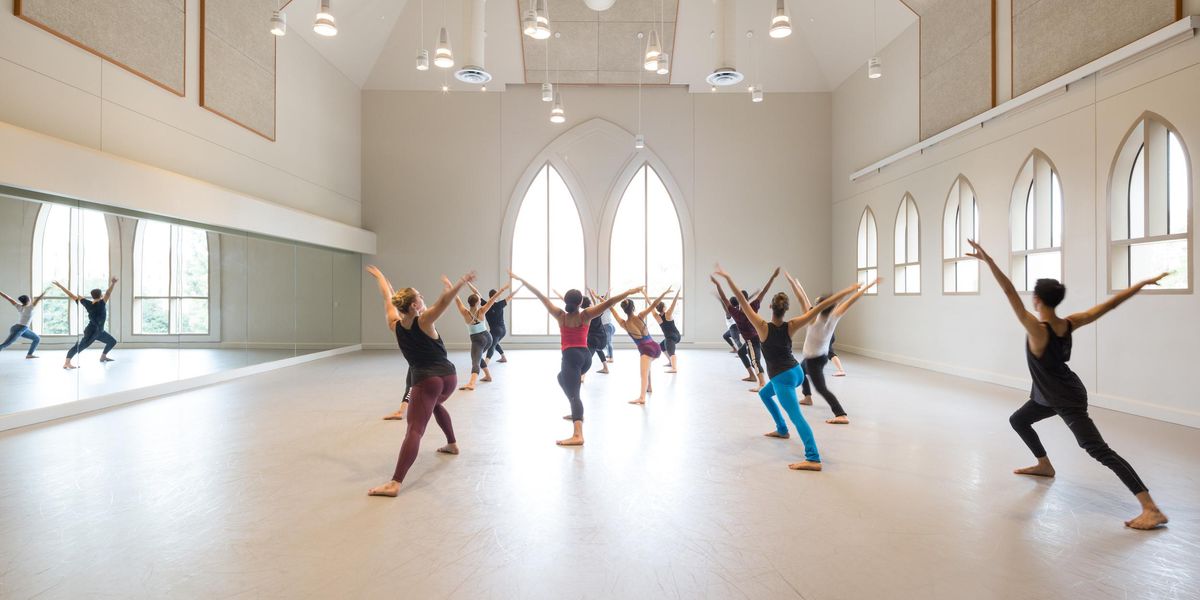#FlashbackFriday: Our Favorite Historical Feminists
We dedicated our July issue to the trailblazing feminists of the dance world. From our cover star, legendary ballerina turned artistic director Julie Kent, to the unstoppable daredevil Louise Lecavalier, to movers and shakers like Rosie Herrera, Gina Gibney and Camille A. Brown, these women are unafraid to speak up about the ways they are still treated differently in the dance world. But who are their predecessors—the women who paved the way for the feminists of today? We took to the DM Archives to celebrate a few them in our July From the Vault feature, and on this #FlashbackFriday, we’re reminding you of why these original feminists are some of our favorites.
Dunham (right) looks on the set of MGM’s Green Mansions, featuring Audrey Hepburn.
Katherine Dunham
The dancer, choreographer and activist fused cultures and crossed genres in her work, which often reflected the African diaspora and its traditions. But she also found success in mainstream culture—choreographing and starring in several films, and becoming the first African-American woman to choreograph for the Metropolitan Opera. Some of her work, such as her anti-lynching piece Southland, earned her enemies, but she was unwavering in her activism.
Graham in her solo work, Judith.
Martha Graham
Obviously, the “mother of modern dance” had to make the list. It wasn’t just Graham’s technique that was revolutionary—she depicted strong, sometimes overtly sexual women in her work, which was occasionally rejected as obscene. She was outspoken about her political beliefs, and used her all-female company (before she began casting men!) to make powerful anti-war statements.
The legendary Bharatanatyam dancer brought classical Indian dance to the world, earning the acclaim of dance greats from Merce Cunningham to Margot Fonteyn. She was a fearless ambassador of her craft, and reclaimed the dance of the devadasi (which was once looked down upon and associated with prostitution) as one of artistry and cultural exchange.
Chase (far left) with Lupe Serrano (next to Chase), ABT’s first Hispanic principal, and Maria Tallchief (far right), who was guesting with the company.
Lucia Chase
We often talk about the lack of women directing ballet companies (and how these numbers are finally growing!). But the American Ballet Theatre co-founder was way ahead of her time. Chase was pivotal in the development of American ballet, and grew her company at a time when dance received very little funding. ”I’m pretty strong-minded,” she once said. ”I think I can stand up to other strong people and hold my own. I have that old New England determination.” Talk about #FeministGoals.
Fuller pioneered the multidisciplinary genre of dance we’re still building on today—incorporating innovative lighting, costume and prop elements into her work. She captured the imagination of the high art world, and had a squad of other strong women like Isadora Duncan and the Queen of Romania by her side.
From her subversive Kontakthof, which explores the ways in which women are expected to perform their femininity, to her brutal Rite of Spring, a sharp critique of misogyny, Bausch’s work speaks for itself.
Get our July issue for more on the feminists of the dance world.




